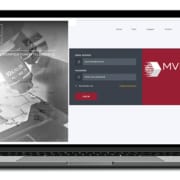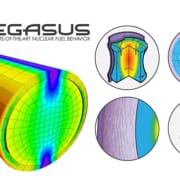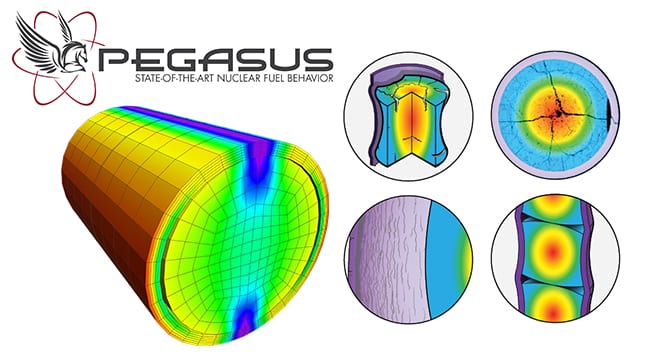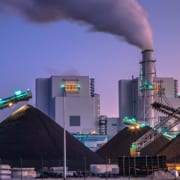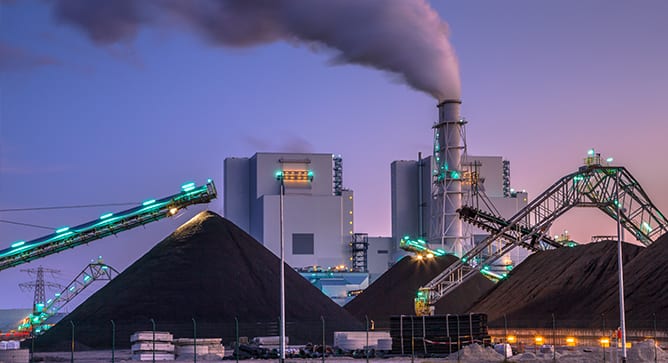Structural Integrity Associates Announces the Appointment of Steve Gressler as Vice President, Fossil

Mr. Gressler is a metallurgical engineer with over 30 years of experience in metallurgy, failure analysis, and the damage assessment of fossil power generation equipment and distributed heating and cooling systems with an emphasis on piping, boilers, headers, and balance of plant equipment. He is a principal contributor to engineering life cycle programs and procedures, risk assessments, analysis tools, and technologies to assess service degradation in low alloy and creep-strength enhanced ferritic steels. His current work focuses on the development, integration, and deployment of nondestructive testing and damage tracking technology in addition to engineering consulting and materials assessments.
Since joining Structural Integrity Associates in 1997, Steve has been a principal contributor to the methodologies applied for life assessment of high temperature and critical piping components. This includes characterization of creep and fatigue damage in longitudinal seam welds, girth welds, and header ligaments. It also extends to the engineering of data management systems used for aiding decision-making processes.
Marano noted, “Steve brings metallurgical leadership and technology development experience to the SI leadership team and is an integral part of our new customer focused strategy. Steve’s knowledge of the fossil business, tenure with SI, and relationships with our clients will accelerate our journey to create value for power and oil industry customers as a highly valued engineering and technology partner.”
Gressler received a Bachelor of Science in Metallurgical Engineering from the University of Pittsburgh and is a Registered Professional Engineer. Steve is also a prior recipient of the SI Riccardella Innovation Award for Prioritization Method for Fossil Plant Piping.


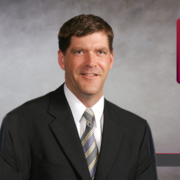
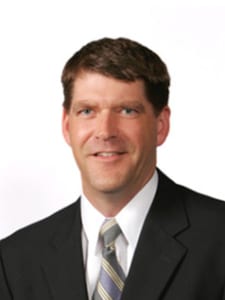 Structural Integrity Associates, Inc. (SI), a leader in engineering and technology in the power and oil and gas industries, today announced the appointment of Sean Fuller as Executive Director of Sales and Marketing. Fuller will report to Mark Marano, SI President and Chief Executive Officer, who recently joined the company in February.
Structural Integrity Associates, Inc. (SI), a leader in engineering and technology in the power and oil and gas industries, today announced the appointment of Sean Fuller as Executive Director of Sales and Marketing. Fuller will report to Mark Marano, SI President and Chief Executive Officer, who recently joined the company in February.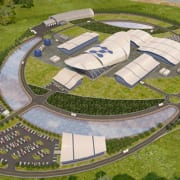
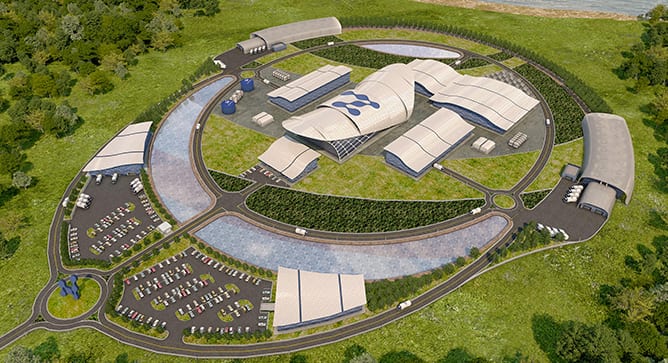 NuScale Power,LLC. to develop structural details for and perform aircraft impact assessments of NuScale’s SMR Reactor Building.
NuScale Power,LLC. to develop structural details for and perform aircraft impact assessments of NuScale’s SMR Reactor Building.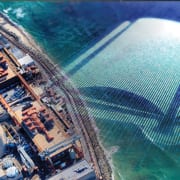
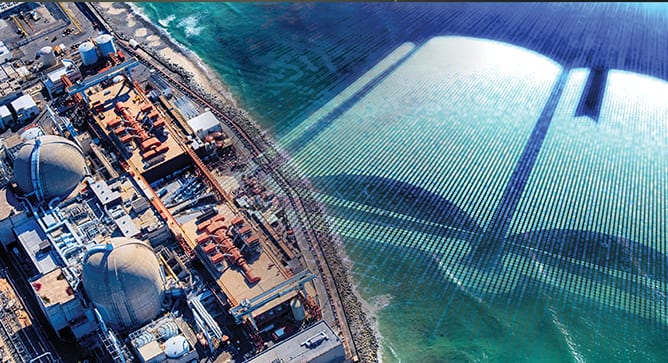
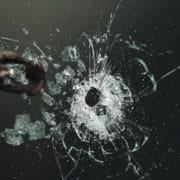
 TRU Compliance’s testing and certification services is expanding into the dynamic field of Physical Security. This service coincides with the upcoming publication of the Structural Design for Physical Security Manual of Practice by the American Society of Civil Engineers, with TRU Compliance Director Andy Coughlin as coauthor.
TRU Compliance’s testing and certification services is expanding into the dynamic field of Physical Security. This service coincides with the upcoming publication of the Structural Design for Physical Security Manual of Practice by the American Society of Civil Engineers, with TRU Compliance Director Andy Coughlin as coauthor.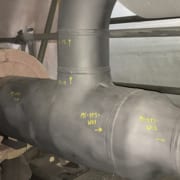
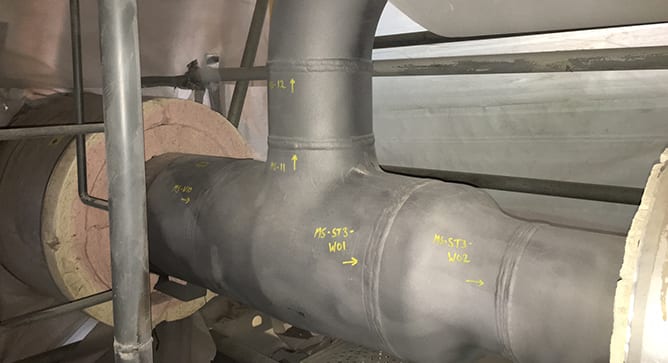
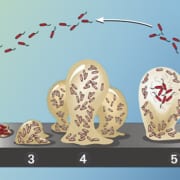
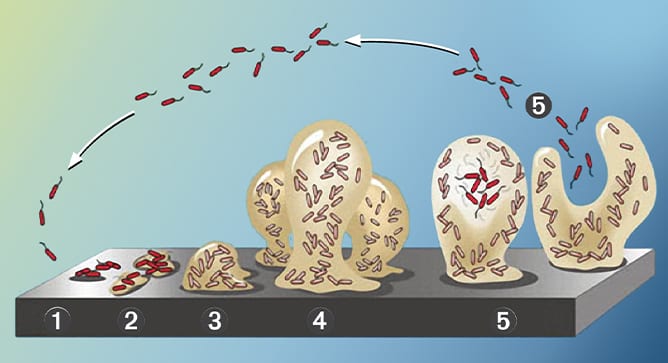 Has the heat conversion efficiency of your heat exchangers degraded? Is the flow of your cooling water system being impeded? Are you repairing or replacing equipment due to localized corrosion causing through-wall failure? Inefficiencies and equipment failures are big problems in any industrial process, but the cause of the problem may be smaller than you think. You might have a biofilm problem. Bacteria floating in a cooling or process water can become colonies on wetted surfaces and can form robust biofilms over remarkably short times. Biofilms are collections of living and dead cells that are enclosed in an extracellular polymeric substance matrix secreted by living organisms. The unchecked growth of biofilms can significantly decrease thermal efficiency on surfaces as the biofilm acts as an insulating layer. Highly localized chemical effects can also be created that lead to microbiologically influenced corrosion (MIC).
Has the heat conversion efficiency of your heat exchangers degraded? Is the flow of your cooling water system being impeded? Are you repairing or replacing equipment due to localized corrosion causing through-wall failure? Inefficiencies and equipment failures are big problems in any industrial process, but the cause of the problem may be smaller than you think. You might have a biofilm problem. Bacteria floating in a cooling or process water can become colonies on wetted surfaces and can form robust biofilms over remarkably short times. Biofilms are collections of living and dead cells that are enclosed in an extracellular polymeric substance matrix secreted by living organisms. The unchecked growth of biofilms can significantly decrease thermal efficiency on surfaces as the biofilm acts as an insulating layer. Highly localized chemical effects can also be created that lead to microbiologically influenced corrosion (MIC).